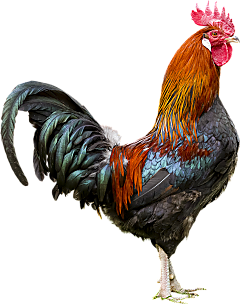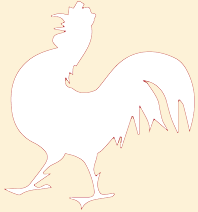Easter
Colouring Easter eggs with natural materials
Colouring Easter eggs is a traditional Easter activity. If you don't fancy using artificial colours, you can simply colour the eggs with natural materials.
The following plants work very well:
- green colouring: spinach, parsley, St. John's wort, red cabbage (produces turquoise colour)
- blue colouring: blueberries
- yellow colouring: camomile, saffron, apple tree leaves
- orange colouring: carrots
- red colouring: beetroot
- brown colouring: red onion skins, coffee, tea
Make a dye out of the different plants. Break up or grate larger parts of plants, or follow the following rules of thumb for the various different ingredients:
- vegetables: 500g in 2 litres of water, no soaking necessary, boil for 35 minutes
- flowers, leaves and berries: 30 to 100g in 2 litres of water, leave to soak for a few hours, boil for 35 to 60 minutes
- coffee and tea: 30 to 50g in 2 litres of water, no soaking necessary, boil for 25 to 30 minutes
Hard-boil the eggs. Eggs with a white shell are better, as the colour produced using natural materials is never as strong as when using artificial materials. Colouring eggs is best done with eggs from free-range hens – the shell is harder, the egg healthier and it's a better choice in general. You'll find quality-controlled free-range eggs from 'Red Rooster' on these farms.
Next, place the eggs in the ready-prepared dye for around half an hour. Turn the eggs frequently so that the colour is not just on one side. You can leave them for a shorter length of time too, but the colour will not be so intense.
Finally, leave the eggs to dry on a tea towel and rub with bacon rind to give them a nice sheen.
If you'd like to decorate your eggs, use a sharp object to scratch the surface. This will simply scratch away the top layer of colour.
Tip:
You can use parsley, lemon balm or ivy to make great decorations. Simply moisten the leaves and place on the egg shell. Put a pair of tights over the eggs and leaves, bind tightly (so that the leaves stay in place) and put in the dye.

Introduction
Colouring the natural way
What would Easter be without brightly-coloured eggs? Colour Easter eggs carefully and naturally with onion skins, spinach and red cabbage.
1
Hard-boil eggs from happy hens

2
...and rub them with watered-down vinegar before colouring.

3
Make the dye following the instructions...

4
place eggs in the cooled dye...

5
...and leave them for half an hour.

6
Turn them occasionally and then take them out.

7
Lay them on a tea towel to dry...

8
before decorating them.








